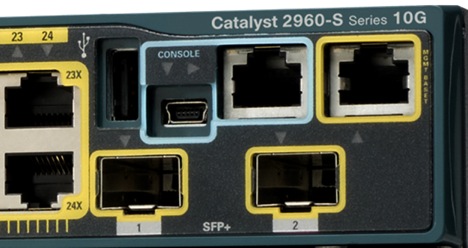that's not a problem, just go with two x R415
I would love to run a cluster at home, but that means i net a san/nas and another server, this well but my watt usage over 300watt and with the power price in Danmark it's just to expensive....
If I had two Dell R210 ||'s it would be the same as this R415, as it has two 500watt psu's
Oh well next year maybe..
![[H]ard|Forum](/styles/hardforum/xenforo/logo_dark.png)


